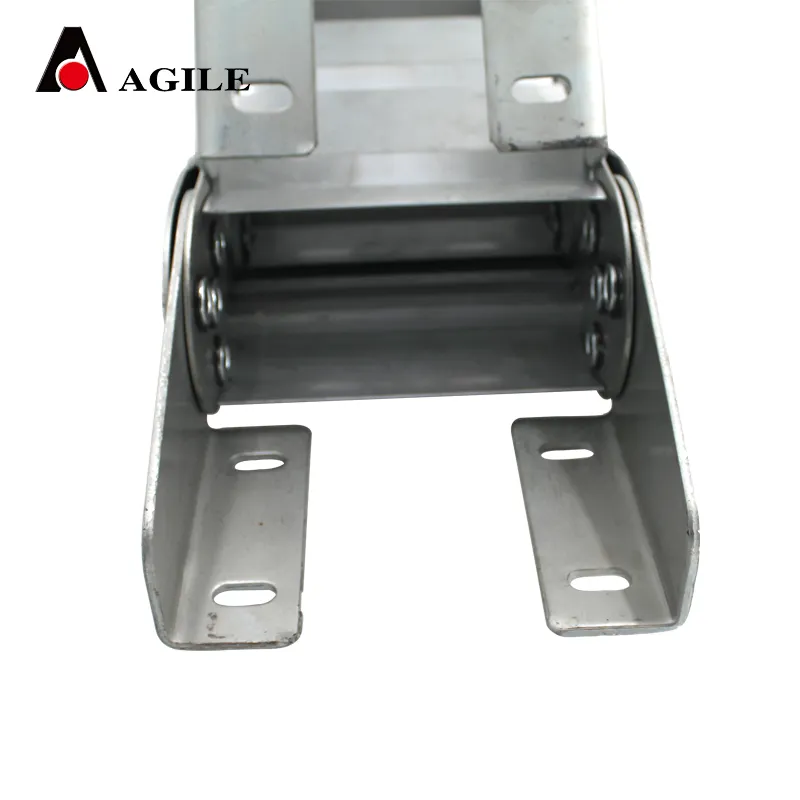Understanding the Mechanics of Synchronous Belt Wheels in Mechanical Systems
Understanding Synchronous Belt Wheels A Key Component in Mechanical Systems
Synchronous belt wheels are integral components in a variety of mechanical systems, playing a crucial role in the transmission of power. Often found in automotive applications, industrial machinery, and robotics, these wheels facilitate precise motion transfer, ensuring that different parts of a machine work in harmony.
At their core, synchronous belt wheels are designed to mesh with synchronous belts, which feature teeth that fit into corresponding grooves on the wheels. This design prevents slippage, making synchronous systems more reliable than traditional belt drives. As a result, they provide a consistent speed ratio and improved efficiency, which is essential in applications where timing is critical.
The primary advantage of using synchronous belt wheels lies in their ability to maintain synchronization between rotating elements. In automotive engines, for instance, the crankshaft and camshaft must be perfectly aligned to ensure the engine operates smoothly. A synchronous belt drive achieves this by linking these two components, allowing them to turn in unison, thus avoiding potential mechanical failures that could arise from misalignment.
synchronous belt wheel

In industrial applications, synchronous belt wheels are commonly used in conveyor systems and machinery that require precise positioning. Their capability to transmit high torque while maintaining low maintenance costs makes them a preferred choice for engineers. The absence of lubrication requirements and lower noise levels compared to chain drives further enhance their appeal.
Material selection plays a vital role in the efficiency and longevity of synchronous belt wheels. Typically, these wheels are made from durable materials like aluminum, steel, or reinforced plastics to withstand the stresses encountered in operation. Additionally, the tooth profile of the wheels can be adjusted to suit specific applications, offering versatility in design.
However, it's essential to consider factors such as tension and alignment to ensure optimal performance. Improperly tensioned belts can lead to premature wear or failure, underscoring the importance of regular maintenance. Proper installation and periodic inspection can help mitigate these issues, extending the lifespan of both the belt and the wheels.
In conclusion, synchronous belt wheels are fundamental to the functionality of various mechanical systems. Their ability to synchronize movement, reduce wear, and enhance efficiency makes them indispensable in many industries. As technology continues to advance, we can expect innovations in the design and materials used for synchronous drive systems, paving the way for even more efficient and reliable machinery. Whether in a car engine or a high-tech manufacturing line, synchronous belt wheels are sure to remain a cornerstone of modern engineering.








